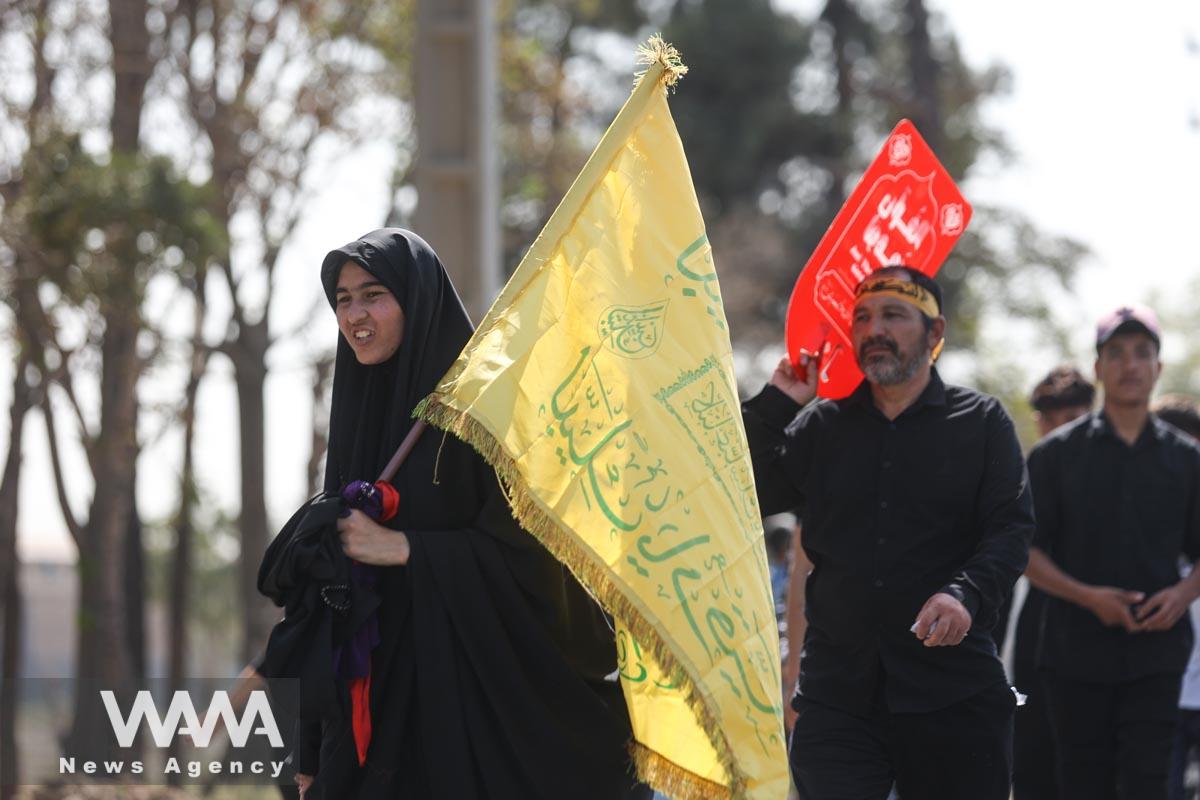Power and Fuel from Waste with Plasma Torch in Arbaeen
WANA (August 14) – A team of innovators has developed a “Plasma Waste Incinerator Torch” capable of destroying waste without pollution or converting it into electricity or fuel.
This device, unique in Iran, was developed over seven years by a company founded in 2003 and became fully knowledge-based in 2022.
The CEO, Adel Movahedi, explained that the device converts waste into synthetic gas, which can be used to produce hydrogen or electricity.
Initially tested on hospital and industrial waste, it showed positive results. The output of the device varies based on the input—hazardous waste produces hydrogen and carbon monoxide, which can be reused as fuel.
Unlike traditional incinerators, this device does not burn waste but removes oxygen, converting it into synthetic gas, which can be used to generate electricity. For every 100 tons of waste, it can produce 1.5 to 2 megawatts of electricity per hour.
Movahedi highlighted the technology’s historical roots, referencing Sheikh Baha’i’s method of converting organic waste into methane gas centuries ago.

Arbaeen March Draws Pilgrims from 150 Countries
WANA (August 06) – This morning, Nasir Abdul-Mohsen Abdullah, the Iraqi Ambassador to Iran, spoke at the commencement ceremony for the Arbaeen Pilgrimage mission, emphasizing that the pilgrimage is a collaborative effort between Iran and Iraq. These joint committees and task forces hold meetings throughout the year, with their main activities beginning at the […]
The device can also generate fertilizer and fuel from different types of waste, with applications ranging from black printer ink to high-quality gasoline.
Movahedi, referring to the fact that this product can be used during Arbaeen in two ways, said: “One way is to install a waste incineration system in each Moukeb (temporary roadside station for pilgrims) so that waste can be disposed of on-site without producing smoke or pollution. Essentially, it would be a portable and immediate system. We suggested installing this device in the Moukebs during Arbaeen.”
He added: “This device can also be made portable, meaning we can mount the incinerator on a series of haulers and trailers. The idea is to place one device every ten kilometers, where the waste can be put into the machine and converted into an oil-based substance like hydrocarbon, which can serve as both diesel and gasoline. This could be used to fuel the generators there or for other purposes.”
He mentioned that this product has not yet been introduced for mass use and has only been produced and used in limited quantities.












